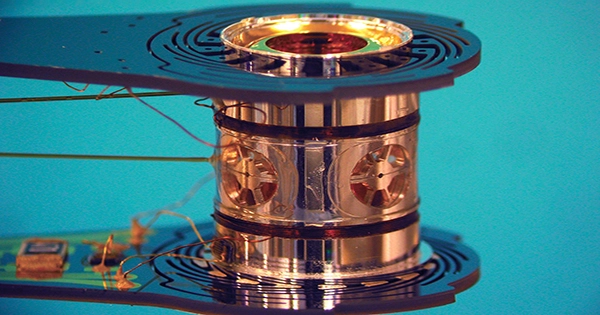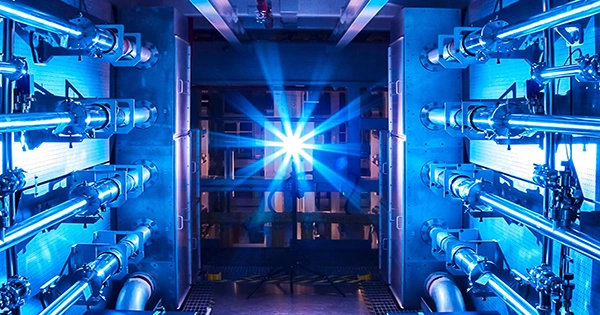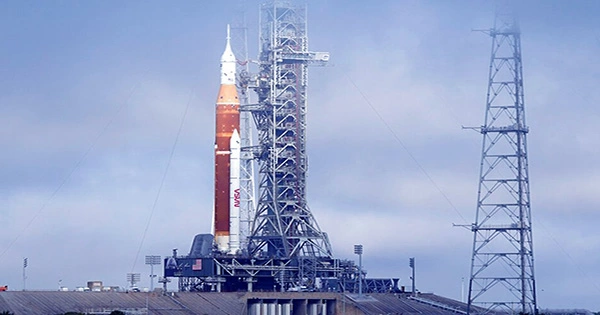Researchers at Lawrence Livermore National Laboratory’s National Ignition Facility (NIF) thought they had finally crossed the threshold of “ignition” of inertial confinement fusion in August. They have now verified it. They were able to extract more energy from the fusion reactor than was required to fuse the material. The event produced 1.3 Megajoules of fusion energy, which is eight times more than the previous spring test and 25 times more than the previous year’s record-breaking trials. The findings have published in Nature.
“For the first time in any fusion research facility,” co-lead author Annie Kritcher said in a statement, “we produced a burning plasma state where more fusion energy is emitted from the fuel than was necessary to trigger the fusion events, or the amount of work done on the fuel.” Inertial Confinement Fusion is the fusion method used at the NIF. This is not the same as what researched in fusion reactors like Tokamaks and Stellarators. The energy taken from the hot fusing plasma in a continuous flow, instead, energy collected from discrete events in inertial confinement fusion.

Small pellets of fuel ignited by heating and compressing them with the world’s most powerful laser, resulting in fusion and the release of a massive amount of energy that can convert into electricity, The entire facility is the size of three football fields, but once heated, the laser target forms a hot spot the size of a human hair. The fusing pellet releases 10 quadrillion watts of fusion power for 100 trillionths of a second in that limited region.
The breakthrough was made possible by a far better grasp of what is going on inside that tight region. The length of laser pulses, as well as the architecture of the hohlraum – the enclosing radiation cavity around the pellet –were all modified and tested.
“There is still a lot of work to be done, and fusion science is at a very exciting stage right now,” Kritcher said. “Following this study, the team enhanced hohlraum efficiency on both platforms by boosting hot spot pressure, resulting in improved performance and the 1.35 MJ HYBRID-E experiments, which set a new record.” Despite the fact that it is a tremendous success, the team refers to the fusion achievement as “basecamp.” They intend to enhance and expand on their existing approach in order to achieve even higher pressures and, as a result, even more energy released from this sort of fusion.
















